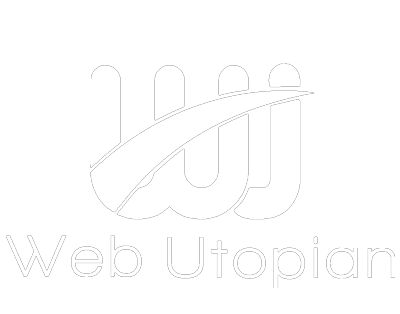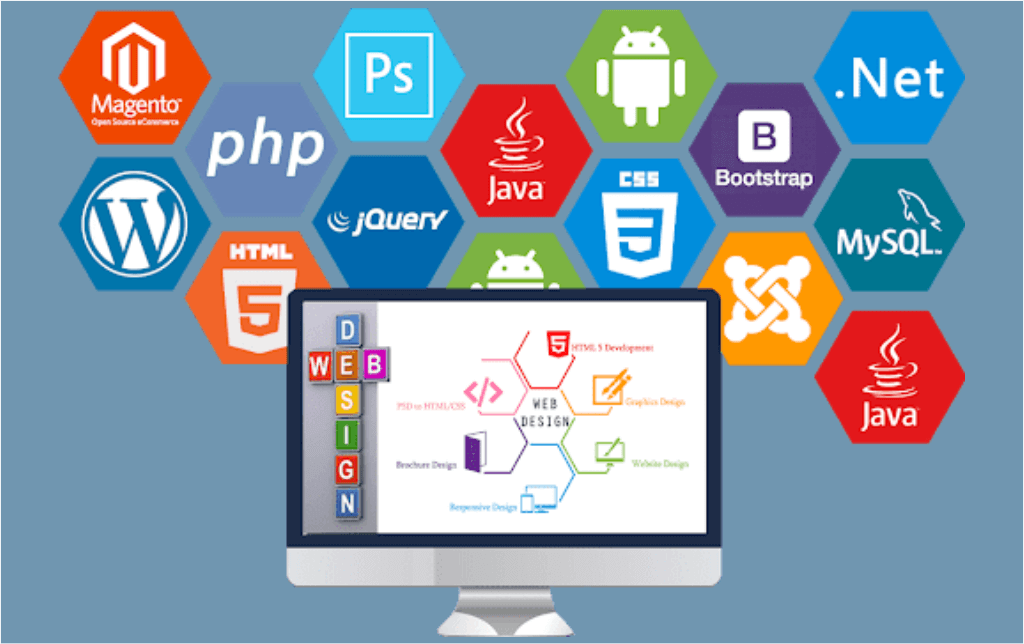The development of a website is a two-part process. The first part contains the development of the backend and the other part of the front end. The front end is concerned with the look of the website, whereas the back end is with the functionality of the website. Both of these should be developed well to create a good website.
To create the front end various technologies are used, like HTML, JavaScript, CSS, etc. Similarly, for back-end development, various tools are available in the market for developers. These tools provide various functionalities that come in handy for developers. These tools work on the server side of the website.
Today we will discuss various back-end development tools that are available for web developers. These tools contain web development programming languages, ready-to-use frameworks, DBMSs, web servers, and testing and deployment tools. Let us have a look at some of these:
There are many tools available for backend web development, and the best one for a particular project depends on various factors such as the size of the project, the technology stack, and the specific needs of the project. Here are some of the most popular backend development tools for web developers:
PHP:
PHP (Hypertext Preprocessor) is a general-purpose open-source server-side programming language. It is the most widely used tool by back-end web developers for web development. It can be used to make any kind of web project.
It is the backbone of website development using WordPress. It is mostly used for web development because of the following characteristics it possesses:
- It is compatible with all kinds of platforms that is it is platform-independent and can be implemented across all kinds of operating systems, like Mac, Windows, Linux, etc.
- It is an open-source language.
- It contains the features of object-oriented programming.
- It can be easily integrated with various front-end scripting languages.
- It can be easily worked upon along with all sorts of databases.
- It is highly flexible, secure, and easy to use & learn.
- It has good community support available online to get guidance in case it is required.
Laravel:
It is one of the most widely used PHP frameworks that are available for back-end web developers. It is so because it reduces most of the work of the web developers by handling common tasks that are implemented in most of the projects.
These tasks include authentication, routing, tracking of sessions, prevention of third-party attacks, security from SQL injections, and caching. By taking care of all these basic tasks, Laravel allows web developers to concentrate on other important issues. Thus it is robust and easy to understand.
This backend development tool is considered to be ideal for creating websites, eCommerce sites, web applications, CMSs, etc. It reuses the already existing components of various frameworks that help in creating a website.
MySQL:
It is a relational database management system query language that is open source in nature and is used to deal with the databases and their structuring. This backend development tool is mostly used for web development due to the following features:
- Ease of using
- Higher scalability and flexibility
- Highly reliable
- Platform independence
- Highly secure
- Supports client/server architecture
- Very fast in speed
- Supports roll-back features
- Efficient memory utilization
- Compatible with all the web development languages like PHP, Java, etc.
Apache:
This is a cross-platform web server that can be used on any operating system, making it an accessible and versatile tool for backend development. It is widely used in the development of a majority of websites and is available for free. The following features make it a popular choice among developers:
- Easily customizable as per requirement
- Fast and reliable
- Safe and secure
- Ability to add new features
- Easy to install
- Keeps track of changes done
- Detailed Documentation that is quite helpful
Jira:
A popular tool for managing projects and tasks in web development, this tool is widely adopted by companies for tracking employee assignments and monitoring progress reports. Additionally, it is useful for identifying and resolving any bugs or issues that may arise during development. The following reasons contribute to its widespread use:
- Cost-effective
- Efficient tracking of workflows
- Easier traceability
- User-friendly interface
- Easier to adapt
- Time-saving
These are just a few examples of the many backend development tools available to web developers. The best one for a particular project will depend on a variety of factors, including the size and complexity of the project, the technology stack, and the specific needs of the project.







